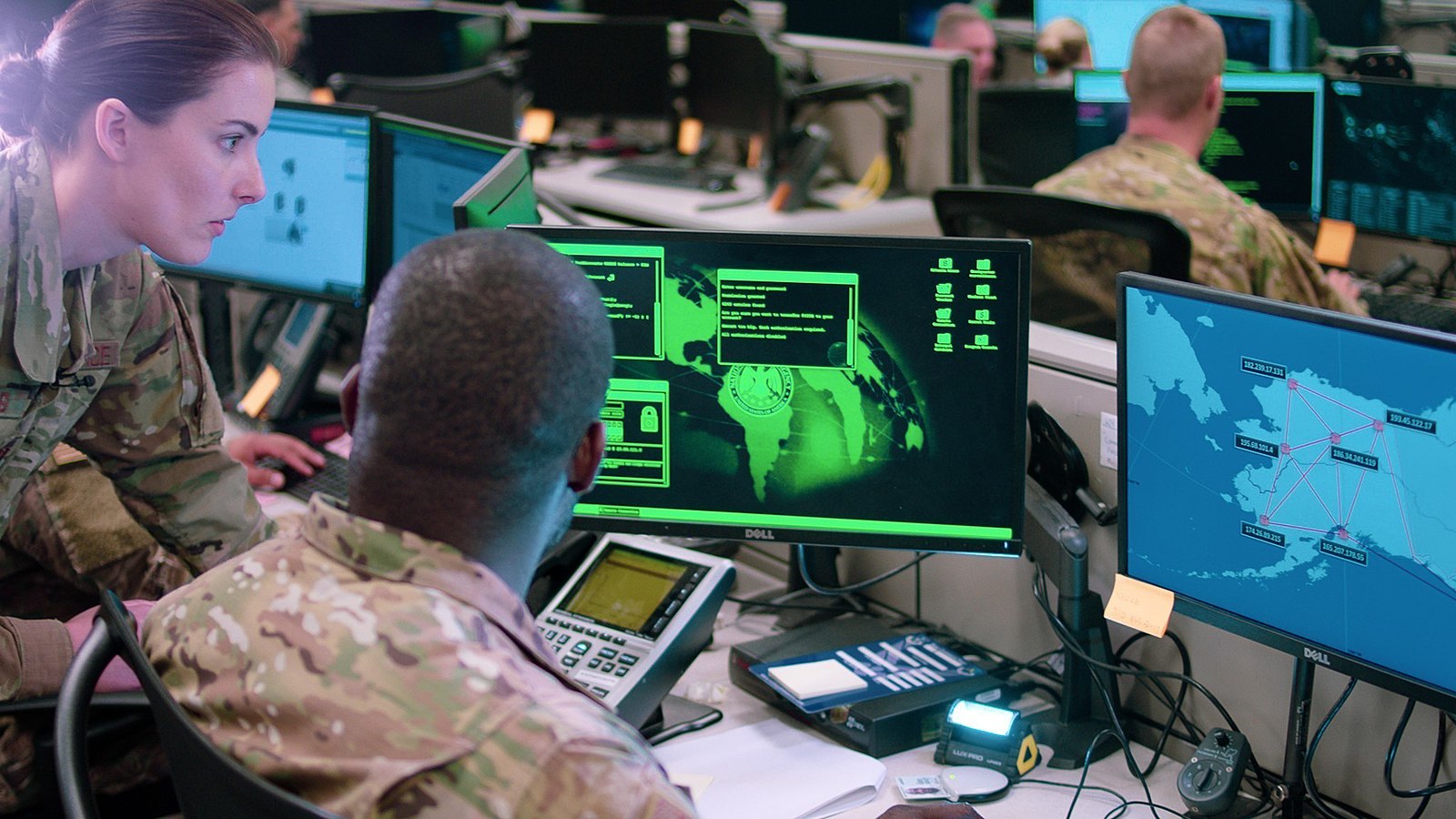Grading the Obama Administration's Progress on Drone Policy
In his May 2013 speech at National Defense University, President Obama called for new ways to think about drones and the United States’ policy on using these systems in counterterrorism operations. Now, nearly 3 years later, the Obama administration is in danger of leaving a legacy on drones that is long on rhetoric but short on substance.
Published by The Lawfare Institute
in Cooperation With

In his May 2013 speech at National Defense University, President Obama called for new ways to think about drones and the United States’ policy on using these systems in counterterrorism operations. Now, nearly 3 years later, the Obama administration is in danger of leaving a legacy on drones that is long on rhetoric but short on substance.
The Stimson Center heeded President Obama’s call and in June 2014, the Stimson Task Force on U.S. Drone Policy released a report and eight detailed and concrete recommendations designed to ensure that U.S. drone policy is transparent, accountable, and consistent with long-term U.S. national security goals, foreign policy ideals, and commercial interests.
The Task Force, headed by former CENTCOM Commander General John Abizaid and Georgetown University Law Professor Rosa Brooks, focused on overhauling U.S. drone policy to improve oversight, accountability, and transparency; to develop forward-looking international norms relating to the use of lethal force in nontraditional settings; and to devise sound drone export controls and research and development standards for domestic and international use. Without such changes, the Task Force argued that the United States risked potentially damaging consequences for US security interests, both domestically and internationally.
In the 18 months since the release of the Task Force report, Stimson analyzed the administration’s progress towards implementing these recommendations and assigned “grades” based on this progress. On February 23, Stimson launched this “report card,” which describes steps taken by the administration to implement the task force’s recommendations based on publicly available information. The report did not use information provided in “off-the-record” meetings or discussions—and Stimson recognizes that the administration may have taken additional steps to implement the recommendations, though these steps may remain classified.
Overall, the administration has performed rather poorly in fulfilling the task forces’ recommendations, receiving three C’s, three D’s, and three F’s. The administration also received three U’s, or “unknown” grades, in cases where there was not enough information to appropriately assess progress.
In sum, the report card reveals that the administration has failed to be more transparent and more accountable with regard to its use of armed drones and its lethal drone policy. The administration has failed to develop robust oversight and accountability mechanisms, including by not publicly releasing the legal framework that supports the lethal drone program. Although the administration has assured the public that it is working towards greater oversight and accountability, there have been few examples of such improvements in practice.
Recommendation 1 – Conduct a strategic review and cost-benefit analysis of the role of lethal drones in targeted counterterrorism strikes - U.
Based on publicly available information, it is not clear whether the administration has taken steps toward conducting such a review and or a cost-benefit analysis of lethal drone strikes. Further, it is incredibly hard to discern the U.S. drone program’s overall efficacy. The program’s current policy guidance remains classified, making it difficult if not impossible to know how the policy is implemented, where the policy applies, and which agencies are involved in its implementation.
It is also impossible to undertake an independent assessment of the program’s effectiveness. Although, there seems to be continued reliance on the drone program for counterterrorism operations, it is impossible to ascertain how well the program is achieving its aims or by what metric its efficacy is being judged.
Recommendation 2 – Improve transparency in Targeted UAV strikes – D (with subgrades of C, F, and F).
Only few documents about the drone program have been released, and predominately under court order. Although Congressional intelligence committees are able to review lethal drone strikes conducted by the CIA and the Defense Department after they occur, the administration has been reluctant to publicly acknowledge the use of lethal drones in foreign countries. The Pentagon generally does not provide detailed information on drone operations and the CIA does not release information on its strikes. As a rule, the administration rarely discloses information on the approximate number or location of strikes, which agency or agencies were responsible, or death tolls of strikes, even in aggregate numbers. Even after announcing a strike in which American and Italian hostages Warren Weinstein and Giovanni LoPorto were killed, no information was provided concerning the precise location or the strike, or even if it was conducted by a drone.
Recommendation 3 – Transfer general responsibility for lethal drone strikes from the CIA to the military - D.
Publicly, the administration has taken very few steps to transfer the responsibility for lethal drone strikes from the CIA to the U.S. military. However, according to reports on a classified plan shared with lawmakers in June 2015, the White House has considered creating a dual command structure shared by the CIA and Defense Department.
Recommendation 4 – Develop more robust oversight and accountability mechanism for targeted strikes outside of traditional battlefield – F (with sub-grade of U).
The administration has continued to oppose releasing public information on the U.S. lethal drone program and it’s unclear to what extent, if any, the administration has worked toward creating an independent commission to review its policy.
Recommendation 5 – Foster the development of appropriate international norms for use of lethal force outside of traditional battlefields - D.
Although it is the global leader on lethal drone use, the administration has done little to foster the development of international norms and standards, even as drone use expands. At least 9 countries are believed to have armed drones and now as many as 6 are believed to have used them in combat—including the U.S., U.K., Israel and Pakistan, as well as by Iraq and Nigeria more recently.
The one occasion where international norms were elaborated upon was in the new export policy on drones released in February 2015—reflected in the grade for Recommendation 7. In the policy, the administration included a plan to work with other countries to develop norms and standards for the sale, transfer, and use of drones. However, no details of this cooperation have been made public and this work has been described as occurring on a bilateral and ad hoc basis.
Recommendation 6 – Assess UAV-related technological developments and likely future trends, and develop an interagency research and development strategy geared toward advancing US national security interests in a manner consistent with US values - U.
It is not clear whether the administration has conducted an interagency review to evaluate technologic developments and evolution of lethal drones. We also do not know if the administration is taking steps to develop a comprehensive interagency research, development, and use strategy for drones.
Recommendation 7 – Review and reform UAV-related export control and FAA rules - C.
Recommendation 8 – FAA should accelerate its efforts to meet the requirements of the 2012 FAA Reauthorization Bill - C.
These are the report’s few bright spots—if one can call a C a bright spot. In 2015 the Obama administration released a new drone export policy, which builds upon existing legal frameworks for arms transfers and adds several obligations for recipient countries with regard to specific principles of use that must be agreed to before export. However, little information is available on how that process has worked in practice. Further, other areas addressed by the task force have not been addressed, such as distinguishing between military and commercial drones and more clearly identifying the factors that would allow exporters to overcome the existing presumption of denial for exports that is part of current US policy.
The FAA has begun to adopt rules regulating the use of civil drones in U.S. airspace and introduced a proposed rule to provide a framework for certain small drones that maintain a level of flexibility for future technological innovations, as well as a registry for small drones in an effort to address safety concerns. However, the slow pace of regulations has prompted Congressional and public concern and calls for more timely action.
Implementing all of the recommendations requires political commitment and in a crowded agenda, time is short. Therefore, the report provides 6 pragmatic and achievable steps—based in part on the task force’s original recommendations—that the administration could take now to help ensure a sensible and comprehensive U.S. drones policy.
- Release the Presidential Policy Guidance on “U.S. Policy Standards and Procedures for the Use of Force in Counterterrorism Operations Outside the United States and Areas of Active Hostilities” to provide the basic framework for U.S. drone strikes.
- Conduct a publicly available strategic review and cost-benefit analysis of lethal drone strikes, particularly in counterterrorism operations.
- Provide the domestic and international legal framework for the U.S. drone program, including the release of the legal memos undertaken by the Office of Legal Counsel, the CIA, and DoD that contain the interpretations used by the United States with regards to international humanitarian law and international human rights law.
- Provide historical data, even in aggregate and after strikes have occurred, regarding the specific details of U.S. lethal drone strikes, including the number of strikes in a particular location, the number of casualties, and who conducted the strikes.
- Set out high-level thoughts on an international law framework for drone use, and a clear and distinct negotiating process to work toward that framework.
- Propose a revised scope of ITAR/USML coverage for UAVs, in the context of the ongoing USML list reform exercise.
These recommendations could be implemented by the end of Obama’s presidency. The challenge for the administration will be to manage competing priorities and to balance legal and ethical frameworks with national-security and foreign policy concerns in the final months of the term. Yet, this is imperative if the Obama administration wants to establish a legacy on drones that extends beyond an expansion of the US drone program and instead reflects the values of transparency and accountability that have been repeatedly enunciated by this administration over the last three years.





